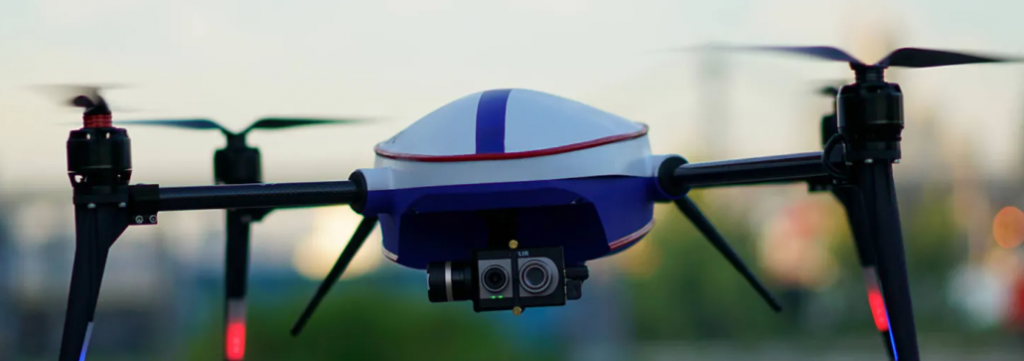Aerodrome Takes Flight: Securing Series A Funding to Expand Drone-as-First-Responder Network

The skies above major cities are about to get a whole lot more interesting. While police helicopters have long been a familiar sight, a new player is emerging in the realm of urban airspace: drones. Aerodrome, a Los Angeles-based startup, is at the forefront of this shift, pioneering the use of drones as first responders. Their recent $21.5 million Series A funding round, led by CRV, signals a strong vote of confidence in the company’s vision for the future of emergency response.
From Helicopters to UAVs: A New Era of First Response
Aerodrome operates in the rapidly growing Drone-as-First-Responder (DFR) sector, utilizing unmanned aerial vehicles (UAVs) to provide a critical first look at unfolding emergencies. Whether it’s a crime in progress, a medical emergency, or a raging fire, these drones offer a faster, more cost-effective, and often safer alternative to traditional methods.
The company’s focus, at least initially, is on law enforcement agencies. As Aerodrome CEO Rahul Sidhu explained in an interview with TechCrunch, fire departments tend to be slower in adopting new technologies. However, the life-saving potential of rapid response times is undeniable. Aerodrome boasts an average drone arrival time of 85 seconds—a stark contrast to the 5-10 minutes often experienced with traditional first responders. In critical situations, those minutes saved can translate to lives saved.

Navigating the Complexities of Drone Hardware and Regulation
Aerodrome doesn’t manufacture its own drones. Instead, it partners with established hardware manufacturers. This strategic decision allows the company to remain agile and responsive to the evolving landscape of drone technology, particularly in light of increased scrutiny surrounding Chinese manufacturer DJI and its alleged ties to the Chinese government.
While Sidhu acknowledges DJI’s dominance in certain surveillance capabilities, particularly its ability to clearly capture license plate details from significant altitudes, Aerodrome is committed to working with clients who prioritize American-made drones. This commitment underscores the delicate balance between technological capability and geopolitical considerations that companies operating in this space must navigate.
Interestingly, Skydio, a prominent American drone manufacturer in the DFR space, has declined a partnership with Aerodrome, opting instead to compete directly with its own in-house solution. This competitive landscape highlights the growing significance of the DFR market and the high stakes involved.

Automation, Not Autonomy: The Human Element Remains Crucial
Aerodrome emphasizes the “automated” nature of its system, triggered by 911 calls and capable of dispatching a drone to the scene in under three minutes. While the system can automatically pilot the drone from launch to location, a human operator remains in the loop, monitoring the situation and ready to assume manual control if necessary. This approach addresses the FAA’s understandable insistence on human oversight for safety and accountability.
Series A Funding: Fueling Expansion and Innovation
The $21.5 million Series A funding round, bringing Aerodrome’s total funding to $28 million, will be instrumental in expanding the company’s geographic reach and bolstering its workforce, which currently stands at around 30 employees. With existing clients in Los Angeles County, the Bay Area, New Mexico, and other states, Aerodrome is well-positioned to capitalize on the growing demand for its DFR solutions.

The Future of DFR: Challenges and Opportunities
While the future of DFR appears bright, challenges remain. Public perception and privacy concerns surrounding drone surveillance will need to be addressed through transparent operational practices and robust data security measures. Furthermore, evolving regulations and the need for standardized protocols will require ongoing adaptation and collaboration between companies like Aerodrome and regulatory bodies.
Despite these challenges, the potential benefits of DFR are undeniable. Faster response times, reduced costs, and enhanced situational awareness are just some of the advantages offered by this emerging technology. As cities grapple with increasingly complex emergency situations, companies like Aerodrome are poised to play a vital role in shaping the future of public safety.
High-Trust External URLs:
- Federal Aviation Administration (FAA): https://www.faa.gov/
- National Emergency Number Association (NENA): https://www.nena.org/
- Association for Uncrewed Vehicle Systems International (AUVSI): https://www.auvsi.org/





